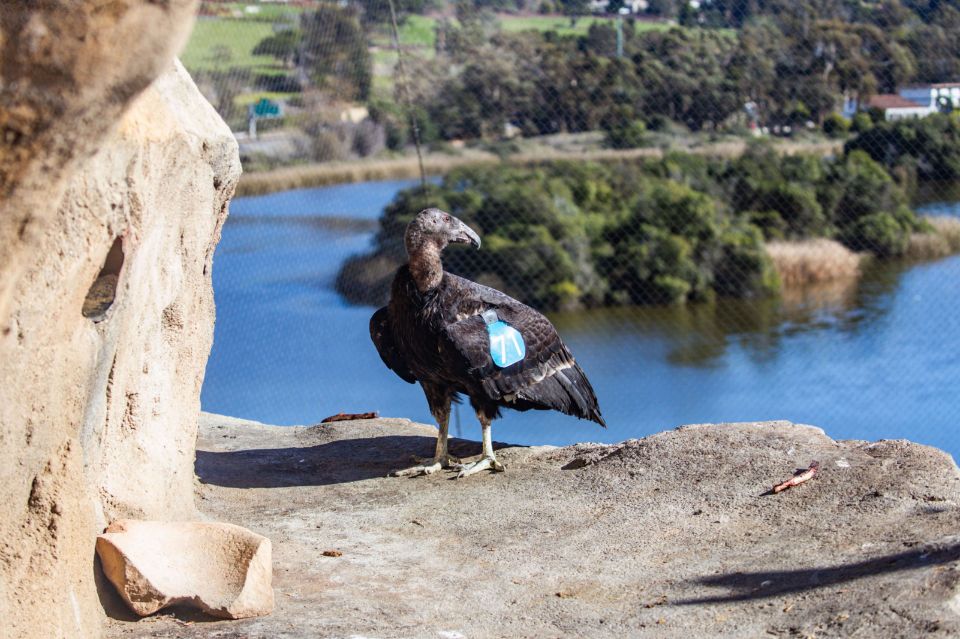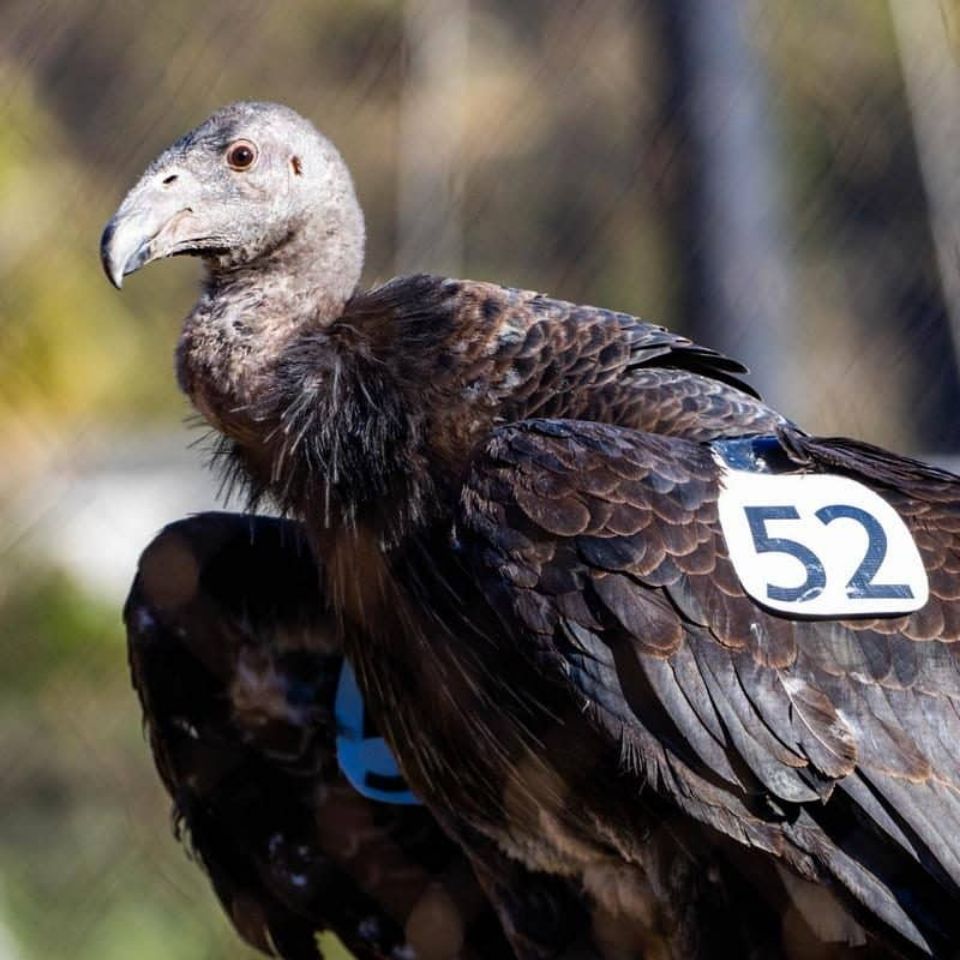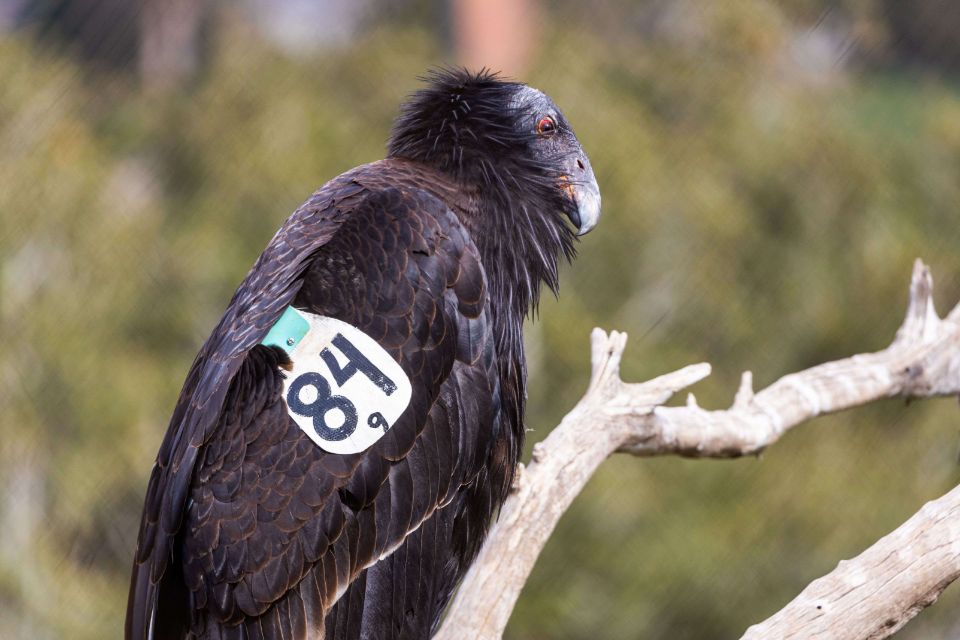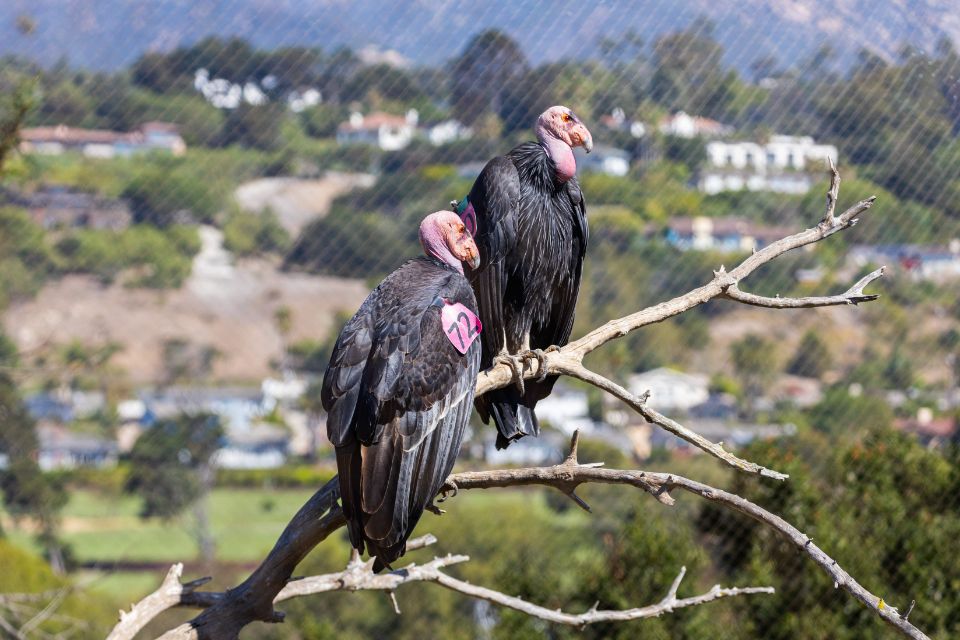-min2dff.jpg)
Back from the Brink
The Santa Barbara Zoo is one of a handful of zoos to feature these highly endangered scavengers – the largest land birds in North America, with wingspans topping 9½ feet.
The condors at the Zoo are part of the recovery program and wear wing tags that identify them as individuals. The lower the number, the older the bird.
Our Crew
Sponsor Us!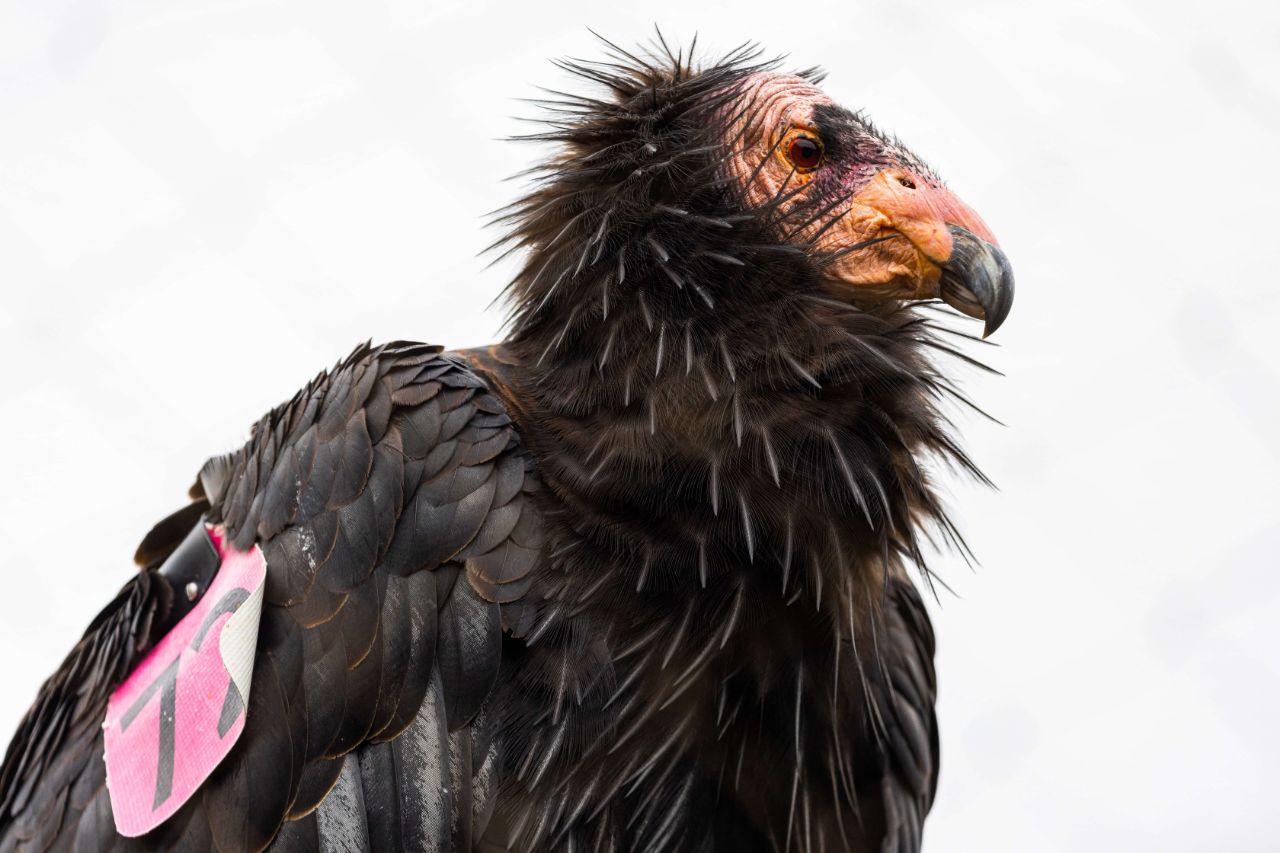
Condor Nest Watch
The Santa Barbara Zoo helps monitor wild condors nesting near Hopper Mountain and Bitter Creek National Wildlife Refuges, located in Ventura and Kern counties, respectively. Volunteers and staff from the Zoo and the U.S. Fish & Wildlife Service observe condor nests as part of a long-term study to see if there are differences in parenting styles of wild-reared condors versus captive-reared condors, among other factors.
Watch the Zoo’s condors live on Zoolife!
When you sign up for Zoolife, 80% of the proceeds directly fund the Santa Barbara Zoo’s animal care and conservation efforts.
Conservation Status
In 1982, the world’s population of California condors dropped to just 22 individuals in the wild. By 1987, the few remaining wild condors had been captured for a captive breeding program. Today, there are more than 500 condors in the world, with more than half flying free in the wild. But there is still work to be done: the IUCN lists them as Critically Endangered.
-min2dff.jpg)
Species Survival Plans
The Santa Barbara Zoo is one of the 220+ accredited zoos and aquariums that participate in Species Survival Plans (SSP), a cooperatively managed program of the Association of Zoos and Aquariums (AZA). More than 200 different species are managed through SSPs, aimed at maintaining genetic diversity within AZA populations, sustaining these populations, and guarding against extinction.
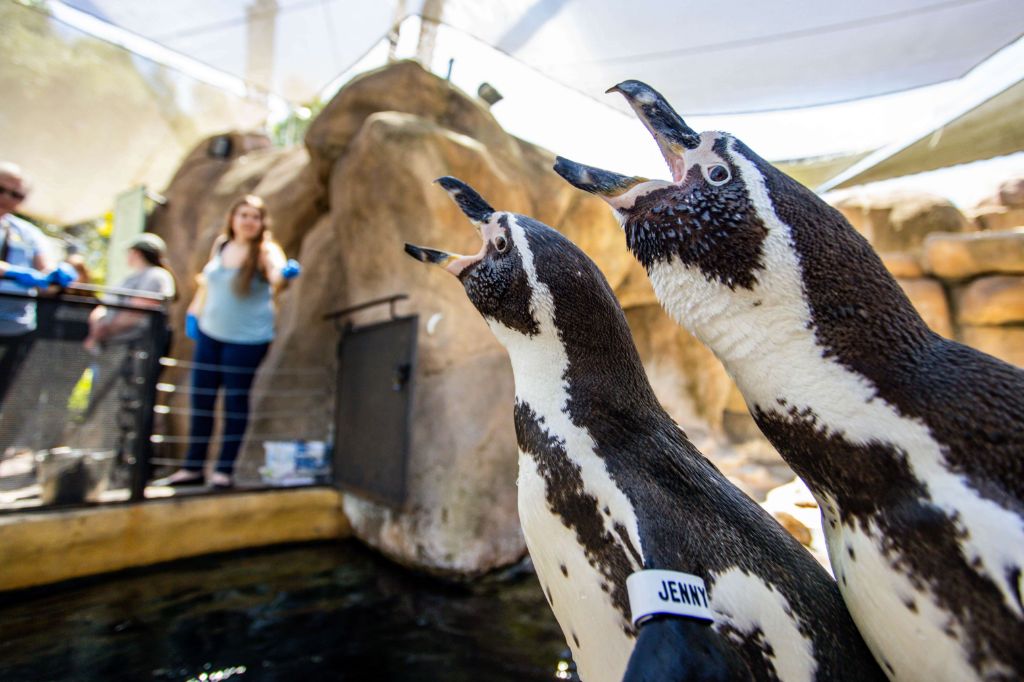
Wildlife Experiences
Meet the Animals
Have you always wanted to get just a little bit closer to the animals at the Santa Barbara Zoo? Well, you can! Take a look at our animal encounters, and choose the best option for you and/or your family.

